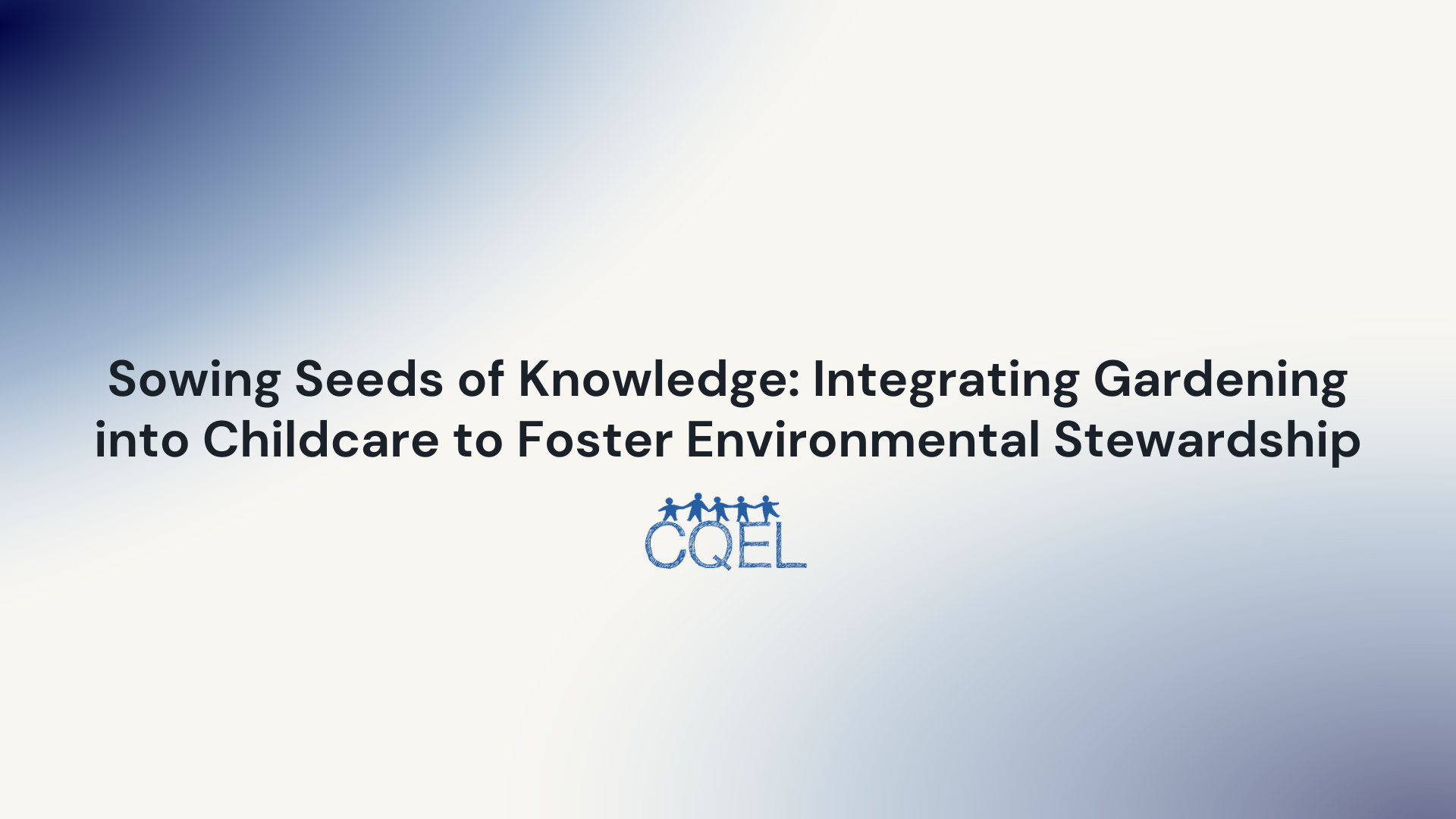Sowing Seeds of Knowledge: Integrating Gardening into Childcare to Foster Environmental Stewardship
A comprehensive guide for childcare providers in California looking to incorporate gardening into their curriculum and promote environmental stewardship.

In our increasingly urbanized world, connecting children with nature has never been more important. Teaching children about the environment can be a hands-on, interactive adventure, and one of the best ways to accomplish this is through gardening. This post provides a comprehensive guide for childcare providers in California looking to incorporate gardening into their curriculum and promote environmental stewardship.
Understanding the Benefits of Gardening
Firstly, it's essential to understand why gardening is beneficial for children. Beyond the obvious connection with nature, gardening offers numerous learning opportunities. It helps children understand the life cycle of plants, the importance of weather and seasons, and the value of patience and responsibility. It can also enhance their fine motor skills and encourage healthy eating habits. Resources like KidsGardening offer further insights into the myriad benefits of gardening for children.
Choosing the Right Plants
To start a garden, you need to choose the right plants. Consider plants that are easy to grow, safe for children, and suited to your local climate. Sunflowers, peas, radishes, and marigolds are great beginner plants. It's also fun to plant fruits and vegetables that children can eventually eat, such as strawberries or cherry tomatoes. The University of California's Gardening Program can help you select appropriate plants for your area.
Creating an Engaging Garden Space
An engaging garden space is essential to keep children interested. This might include creating areas for different types of plants, adding stepping stones or pathways, and incorporating garden decorations that children can make themselves. Think about how the space can be used for various learning activities beyond just gardening.
Teaching Gardening Skills
Children should be actively involved in all stages of the gardening process, including planting, watering, weeding, and harvesting. Start with basic skills and gradually introduce more complex tasks as children gain confidence and understanding. Books like Roots, Shoots, Buckets & Boots can provide fun and age-appropriate gardening activities.
Incorporating Garden-Based Learning
Gardening is not just about the physical act of growing plants, it's also an excellent opportunity for interdisciplinary learning. Use the garden as a basis for art projects, writing activities, science experiments, and even math lessons. Organizations like Life Lab offer curriculum resources for garden-based learning.
Promoting Environmental Stewardship
Lastly, use the garden as a platform to teach children about larger environmental issues. Discuss topics like composting, recycling, water conservation, and biodiversity. Encourage children to take pride in their garden and understand their role in caring for the environment.
By integrating gardening into your childcare program, you not only give children a rich, hands-on learning experience but also foster a lifelong respect for the environment. With planning and creativity, your garden can become a thriving outdoor classroom full of endless learning opportunities.
